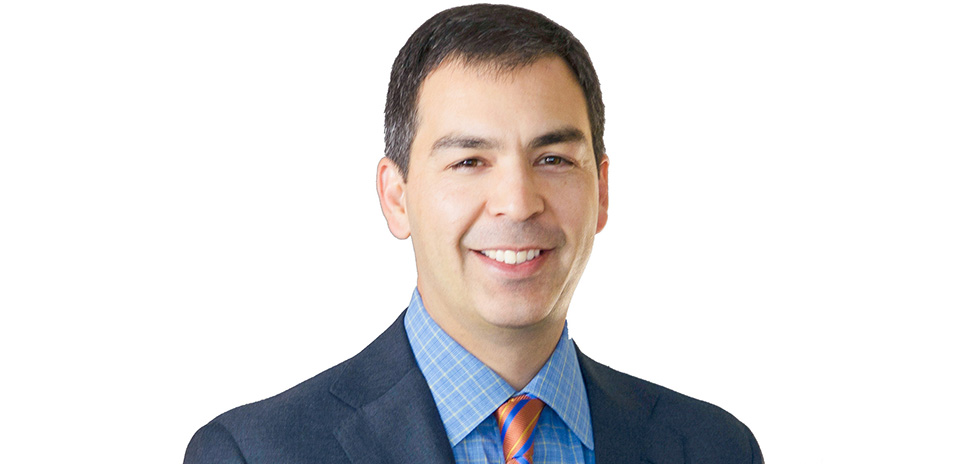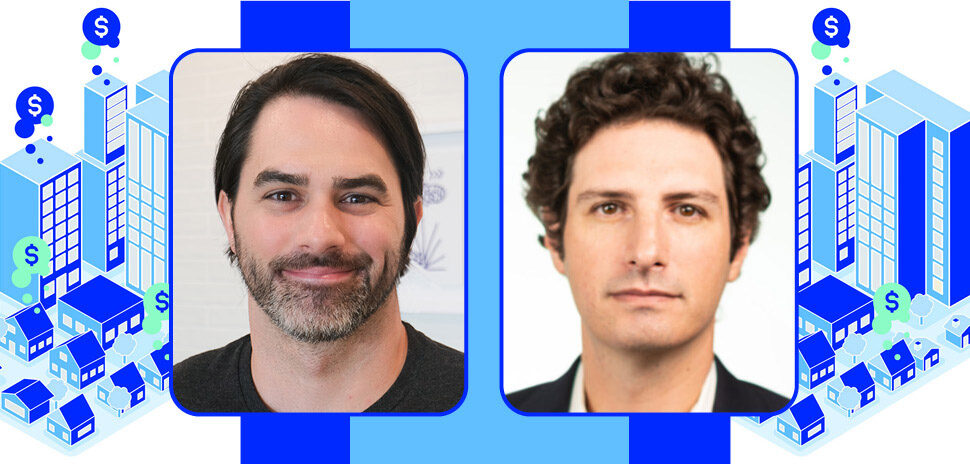Before 2020, every corner you turned in Dallas-Fort Worth seemed to have a crane on it, with another multifamily project rising skyward. Since COVID hit, the corners have been a lot quieter. But DFW’s dynamic market, comparative job growth, population growth, and low taxes could have us poised for a 2021 rebound. When new projects bounce back in 2021, buildings will be different, says Tom Bakewell, president of development and co-founder of Streetlights Residential. Get ready for a touchless, filtered, sanitized lifestyle.
One of the commercial real estate experts featured in “21 Experts on 2021,” Bakewell has a rundown on what’s next for CRE and the multifamily sector in our Q&A.
 What’s the outlook for DFW multifamily into 2021?
What’s the outlook for DFW multifamily into 2021?
Dallas-Fort Worth has maintained its top spot nationally for apartment supply over the last few years, and fortunately, we’ve also had some of the top job growth numbers to absorb that supply. With the current pandemic, our job creation has decreased; however, compared to the rest of the country, DFW and Texas as a whole still lead the country. Apartment starts in DFW in the second half of 2020 and in 2021 will decrease significantly from the frantic building pace of the last few years. That will allow occupancies to tighten back up and rent growth to come back into the market in late 2021.
What long-term changes do you anticipate in the sector?
We don’t believe the move to the suburbs will be a long-term change in the market. After the pandemic subsides, we see millennials coming back into the urban core for the restaurant and entertainment scene, as well as proximity to numerous jobs that fill so many of the newly constructed office buildings in Uptown and surrounding urban neighborhoods. A more lasting change we do anticipate is the demand for “healthier buildings” in terms of things like touchless entry doors and elevators, better air and water filtration, and a change in expectations for daily cleaning and sanitization of common areas.
What opportunities and challenges do you see in the coming year?
All of our markets have seen some occupancy and rent softness since the beginning of the pandemic. Early on, everyone was anticipating a significant reduction in construction costs, which has never really materialized, making new development even more difficult to pencil. This will result in lower supply, so the projects that are able to attract capital should find success in a stronger leasing market in years ahead.
What’s the biggest deal you’ve closed in the pandemic?
StreetLights closed and started construction on a $120 million project in Atlanta in July, which has been our only construction start since the beginning of the pandemic. But the capital markets are getting back to some sense of normalcy, and we anticipate starting construction on a Florida project in 4Q 2020 and two more Texas projects in 1Q 2021.
Has the pandemic driven increased technology adoption at StreetLights?
The pandemic definitely increased our reliance on web-based conference calls and cloud-based file sharing when our associates worked remotely. Now that we’re back in the office, we’ll continue to use a lot of those newly adapted technologies. The effectiveness and cost efficiencies of these technologies have proven out so much, I don’t see our travel ramping back up for quite some time.
What’s next for your firm that you’re excited about?
StreetLights took advantage of the slowdown during the pandemic to work on several internal company initiatives that we had continually put off when we were too busy. We believe these significant internal changes as to how we approach the development process will allow us to more effectively execute the complicated mixed-use projects we love. They’ll also help us be better stewards of the neighborhoods and cities in which we build.
Looking ahead, is there anything else you think our readers should know about your sector or CRE in Dallas-Fort Worth?
The DFW market has remained one of the most dynamic markets in the country. While the pandemic has slowed things down, DFW is emerging with renewed strength because the factors driving its growth haven’t changed: population growth, job growth, and a business friendly climate.
The interview has been edited for brevity and clarity. A version of this story first published in the Fall 2020 edition of the Dallas-Fort Worth Real Estate Review.
Sandra Engelland contributed to this report.
Read the digital edition of Dallas Innovates’ sister publication, the Real Estate Review, on Issuu.
Sign up for the digital alert here.
![]()
Get on the list.
Dallas Innovates, every day.
Sign up to keep your eye on what’s new and next in Dallas-Fort Worth, every day.






























